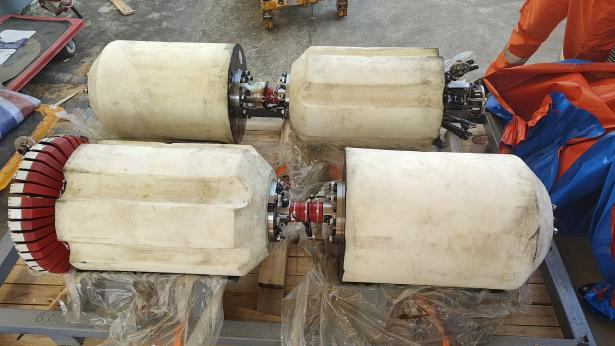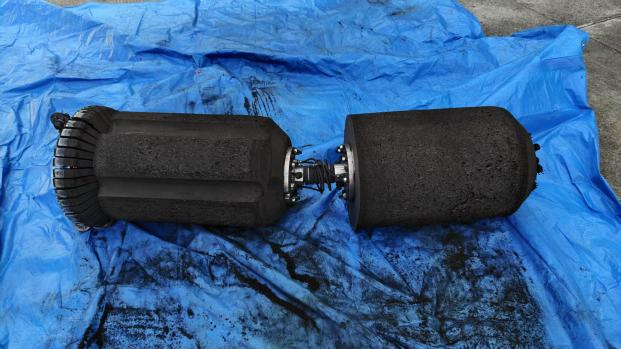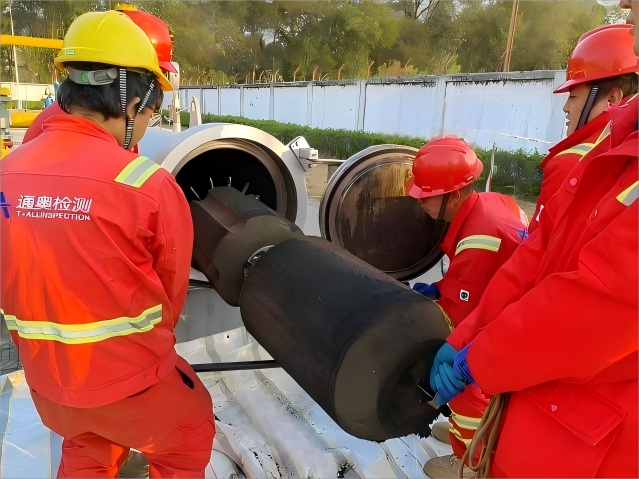
Get Free Risk Analysis
Follow T-ALL
T-ALL Inspection successfully retrieved a foam eddy current detector from the scraper receiver at the Hezhou Gas Transmission Station in the Wuzhou Operation Area of the Guangxi Branch of PipeChina. The pipeline section measured 211.54 km in length, and the detector operated for a total of 110 hours and 39 minutes. Upon data download and analysis by on-site engineers, the inspection data was confirmed to be complete and valid, marking the successful completion of the foam eddy current in-line inspection (ILI) for the Cangzhou–Hezhou branch of PipeChina Guangxi.
Innovation and Breakthrough
The Cangzhou–Hezhou Branch (Wuzhou to Hezhou section) features a pipeline diameter of 406 mm, a design pressure of 6.3 MPa, and an operating pressure of 3.8 MPa. The pipeline stretches 211.54 km and carries a relatively large distribution volume. Traditional mechanical ILI devices tend to operate at slow speeds over extended durations, introducing significant operational risks.
To address these challenges, PipeChina Guangxi and T-ALL Inspection jointly explored and developed a fully foam-based ILI solution. With its lightweight structure and excellent pipeline adaptability (capable of navigating local deformations up to 20% OD), the foam detector met the technical requirements for first-time ILI in low-flow pipelines.
Current Challenges
The pipeline exhibited a significant disparity in flow volume—higher at the front end and lower at the back end—which posed major obstacles for foam eddy current inspection. As flow decreased along the pipeline, the thrust acting on the detector diminished, causing a gradual reduction in running speed.
In low-flow sections near the end of the pipeline, the detector faced increased risks of blockage or stagnation. If the detector were to become stuck, it could not only interrupt the inspection process but also cause local pipeline blockages and potentially impact the safe operation of the entire system. Moreover, fluctuations in flow volume could lead to pressure variations and complex fluid dynamics within the pipeline, negatively affecting detector stability and data accuracy—resulting in deviations that fail to reflect the true condition of the pipeline.



Solution
Faced with these challenges, the teams from PipeChina Guangxi and T-ALL Inspection leveraged their extensive experience and technical expertise to carry out comprehensive pre-analysis of flow and pressure conditions along the pipeline. A detailed inspection plan was developed to ensure reliability under complex conditions.
During the inspection, the team continuously monitored the detector’s performance in real time. By precisely controlling the natural gas flow, optimizing detector parameters, and closely tracking the device throughout its operation, the detector successfully navigated the difficult working conditions and completed the inspection smoothly.

The successful completion of both the foam geometry and foam eddy current inspections for the Wuzhou–Hezhou segment of the Cangzhou–Hezhou branch line highlights the advanced technical capabilities and robust contingency management of T-ALL Inspection. This project also contributes valuable experience for future in-line inspections of long-distance natural gas pipelines operating under complex flow conditions.